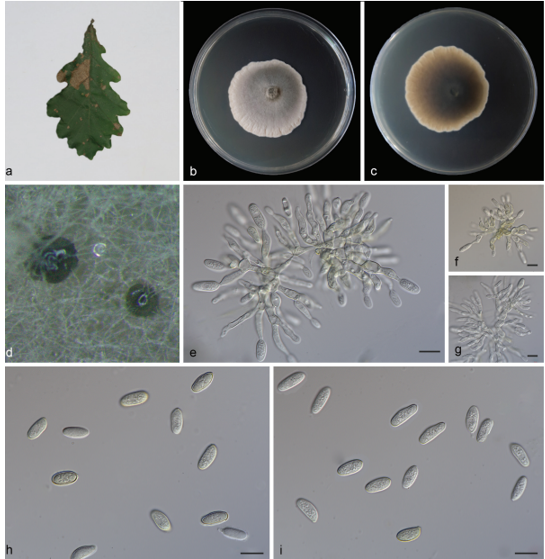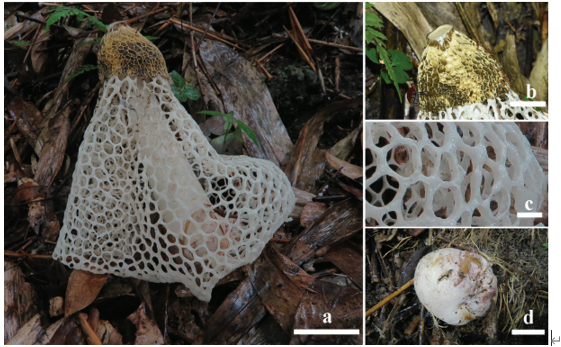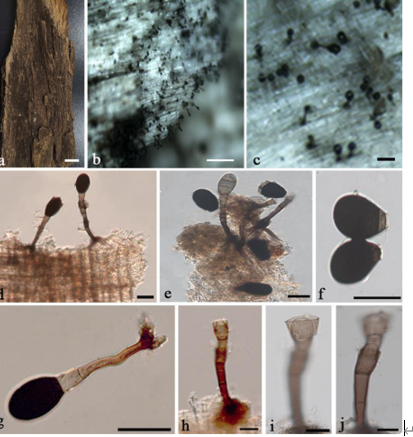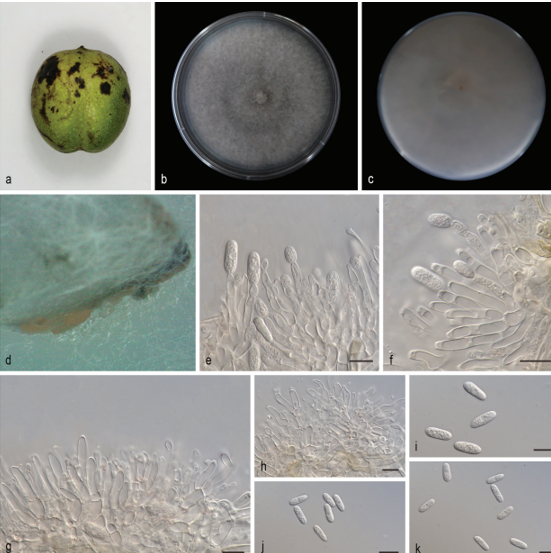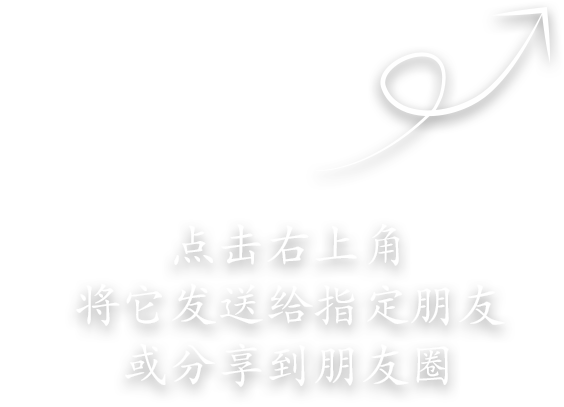Tremateia camporesii Samarak. & K.D. Hyde 2020
Index Fungorum number: IF556787; Facesoffungi number: FoF 06464
Holotype: CHINA, Guizhou Province, Guiyang, Guizhou Academy of Agricultural Sciences, on dead branch, 22 July 2018, M.C. Samarakoon, SAMC170 (MFLU 19-2109, holotype); ibid., KUN-HKAS 102398 (isotype).
Morphological description
Sexual morph Ascomata 310–400 µm high, 230–320 µm diam. ( x̄ = 282 × 155.7 µm, n = 5), immersed to erumpent, globose or subglobose, scattered, rarely gregarious, dark brown to black, coriaceous. Peridium 13–25 µm wide ( x̄ = 19.6 µm, n = 10), comprising outer dark brown and inner hyaline cells of textura angularis. Hamathecium comprising numerous, 2–3.5 µm wide ( x̄ = 2.8 µm, n = 20), filamentous, branched, septate, hyaline pseudoparaphyses. Asci 85–120 × 9–13.5 µm ( x̄ = 101 × 11.5 µm, n = 20), 4–(2–6)-spored, bitunicate fissitunicate, clavate, pedicellate, thick-walled at the apex, with an ocular chamber. Ascospores 16–20 × 5–7 µm
( x̄ = 17.4 × 6.3 µm, n = 30), overlapping 1–2-seriate, mostly ellipsoidal, muriform, 3–4-transversely septate, with 1–2 vertical septa, deeply constricted at the middle septum, slightly constricted at the remaining septa, initially hyaline to pale yellow, becoming brown at maturity, rounded at both ends, surrounded by a thick mucilaginous sheath. Asexual morph Undetermined.
Habitat: dead branch.
Distribution:China.
GenBank Accession: ITS:MN473061;LSU:MN473056;S S U:M N 4 7 3 0 5 0 ; T E F 1 – α:M N 4 8 1 6 0 2 ;TUB2:MN481606.
Notes: Tremateia camporesii is similar to Tremateia species by immersed to erumpent, globose ascomata, numerous cellular pseudoparaphyses, fissitunicate and clavate asci and ellipsoid muriform ascospores. Tremateia camporesii, T. halophila Kohlm., Volkm.-Kohlm. & O.E. Erikss., T. lamiacearum Samarak. & K.D. Hyde and T. murispora Y. Feng, S.N. Zhang & Z.Y. Liu share mucilaginous ascospores. However, among all other Tremateia species, T. camporesii differs from all other Tremateia species by (2–)4(–6)-spored asci. Tremateia camporesii, T. guiyangensis and T. murispora have been collected from the same geographical region. Among them, T. camporesii and T. murispora cluster together in phylogenetic analyses (Fig. 34). However, T. murispora possesses ascospores with 3–7 transverse septa and 8-spored asci and is clearly distinguished from T. camporesii. In a BLASTn search of LSU the new species is similar to T. arunicola Wanas., E.B.G. Jones & K.D. Hyde (MFLUCC 16-1275; KX274248, 98% similarity), Bimuria novae-zelandiae D. Hawksw., Chea & Sheridan (CBS 107.79; MH872950, 97% similarity) and T. guiyangensis Jin F. Zhang et al. (GZAAS01; KX274247, 98% similarity). Phylogenetically, T. camporesii is sister to T. murispora with moderate statistical support (89% ML, 0.92 BYPP; Fig. 34). Based on clear morphological differences and available molecular data, we introduce Tremateia camporesii as a new species following the guidelines by Jeewon and Hyde (2016).
Reference: Kevin D. Hyde1,5,8,22 · Yang Dong2,3 · Rungtiwa Phookamsak1,5,6,7 et al.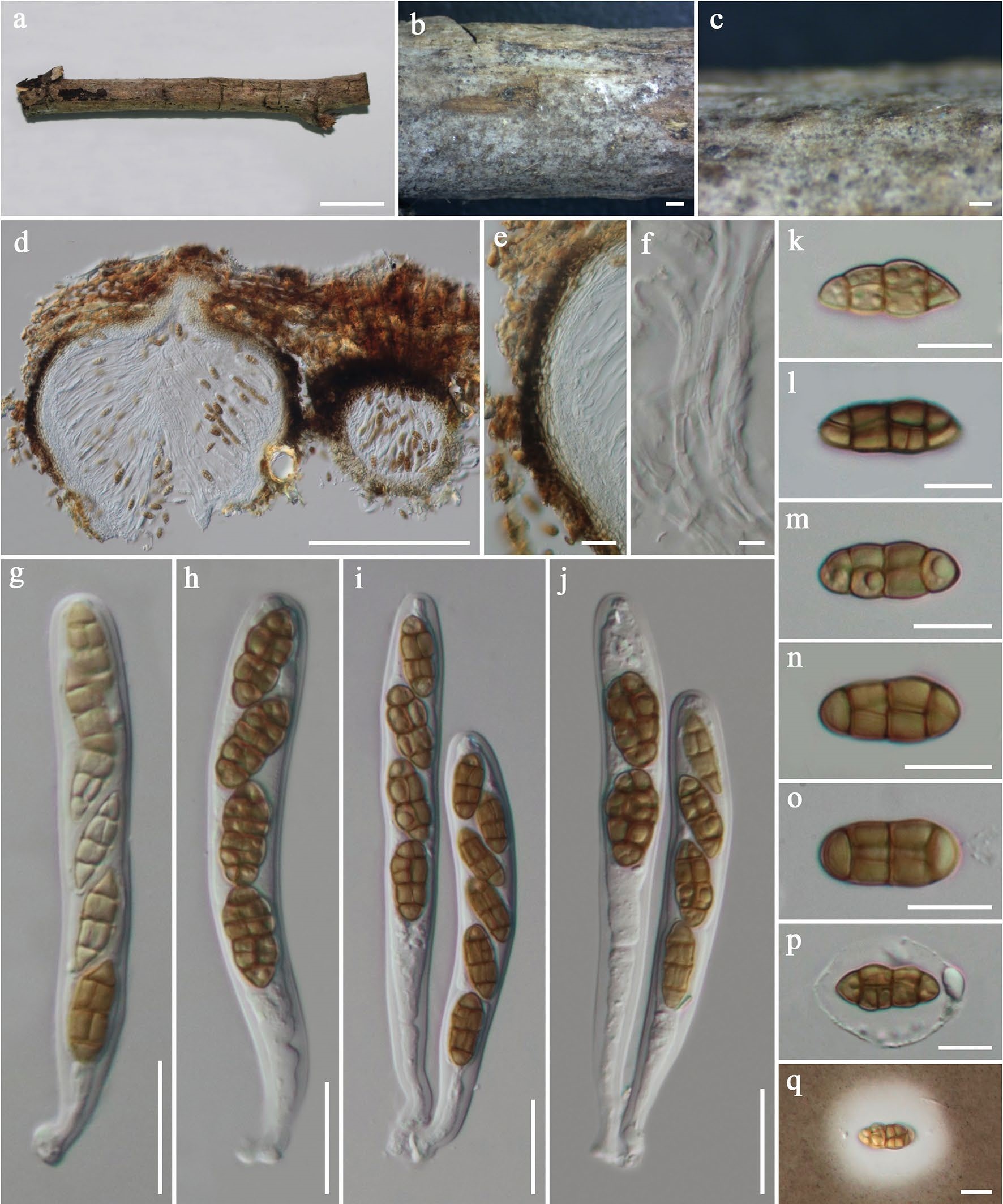
Tremateia camporesii (MFLU 19-2109, holotype). a–c (q in Indian Ink showing mucilaginous sheath). Scale bars: a = 1 cm, Appearance of ascomata on the substrate. d Vertical section of b = 500 µm, c, d = 200 µm, e, g–j = 20 µm, k–q = 10 µm, f = 5 µm ascoma. e Peridium. f Pseudoparaphyses. g–j Asci. k–q Ascospores


